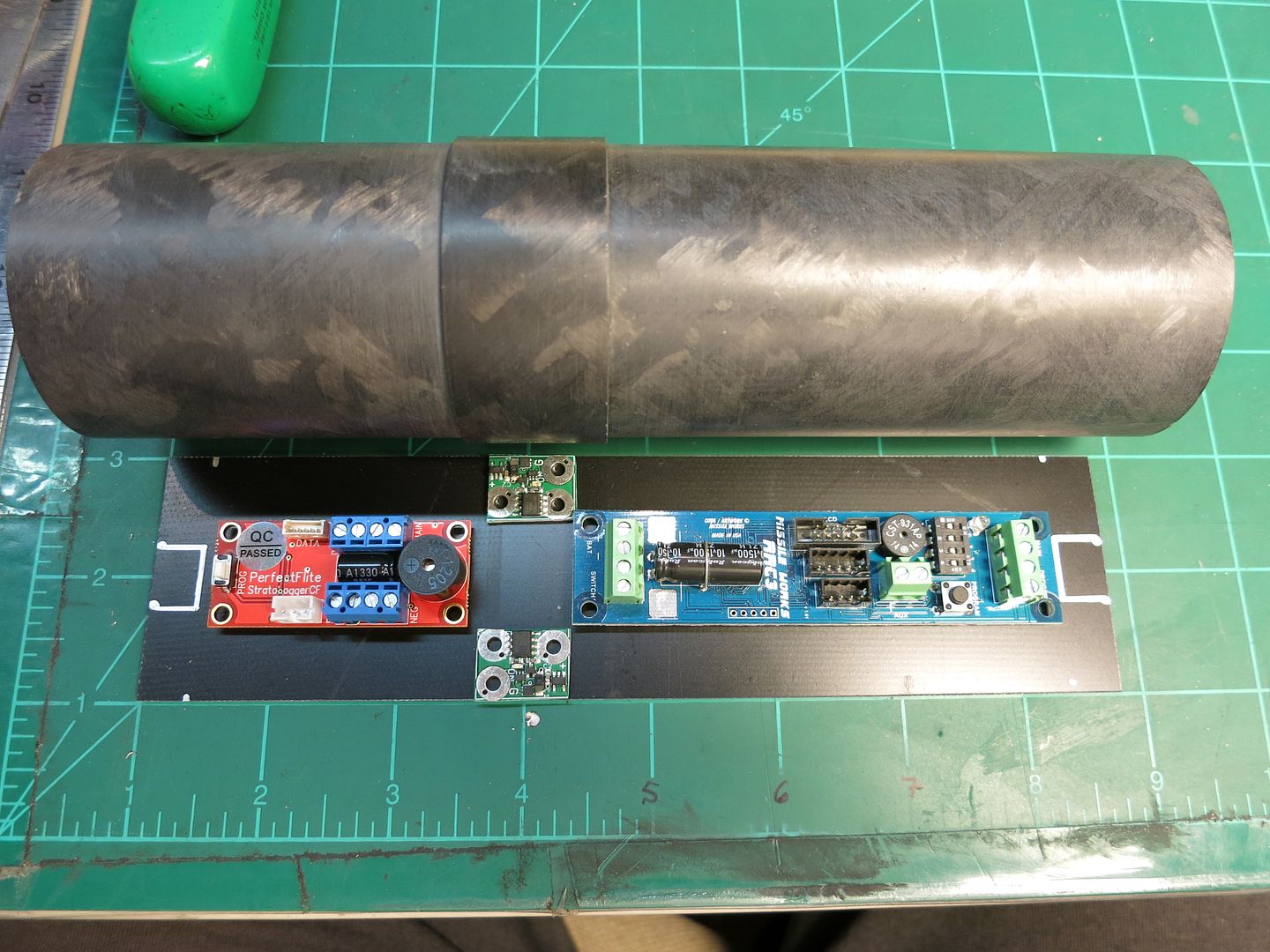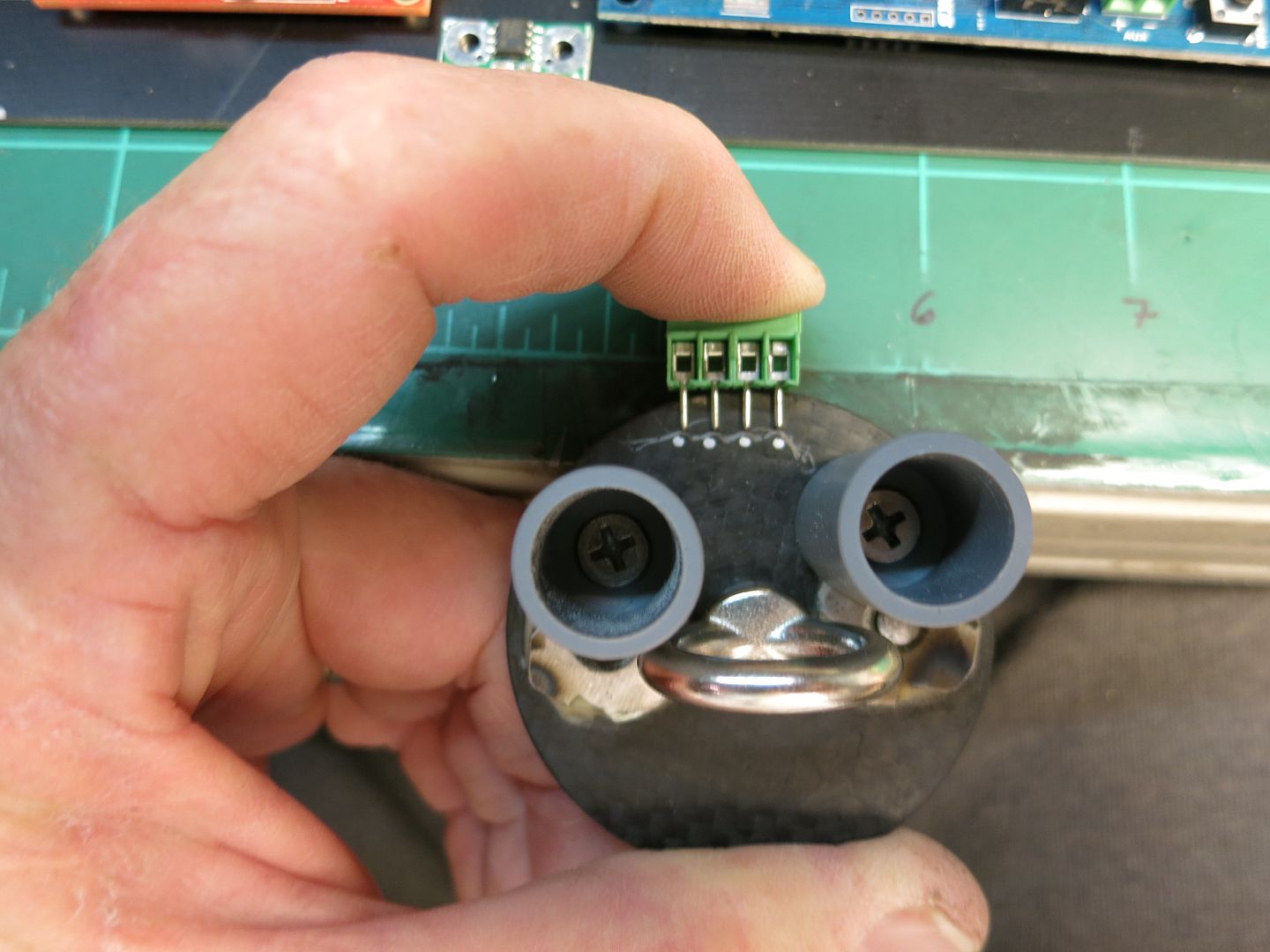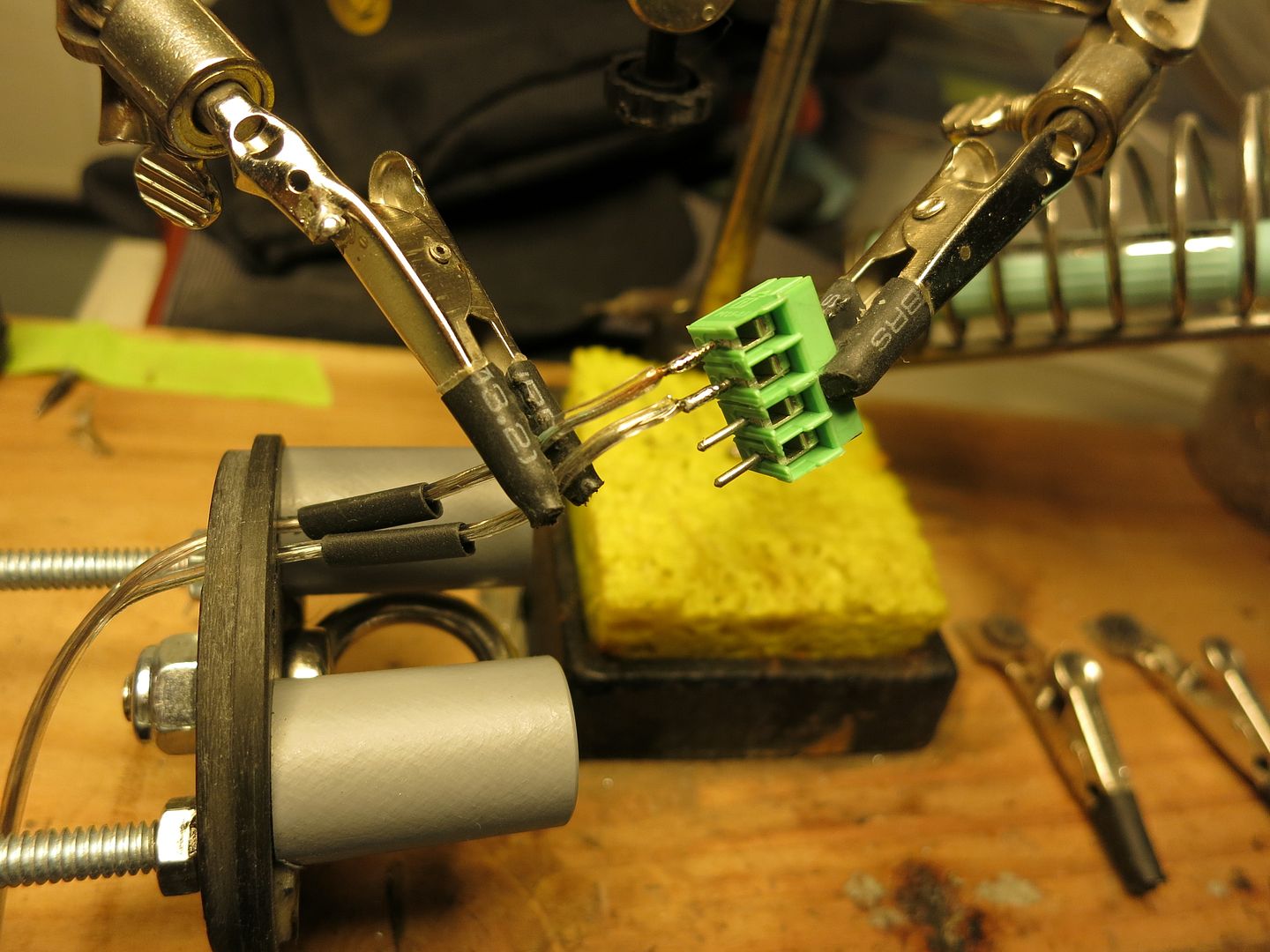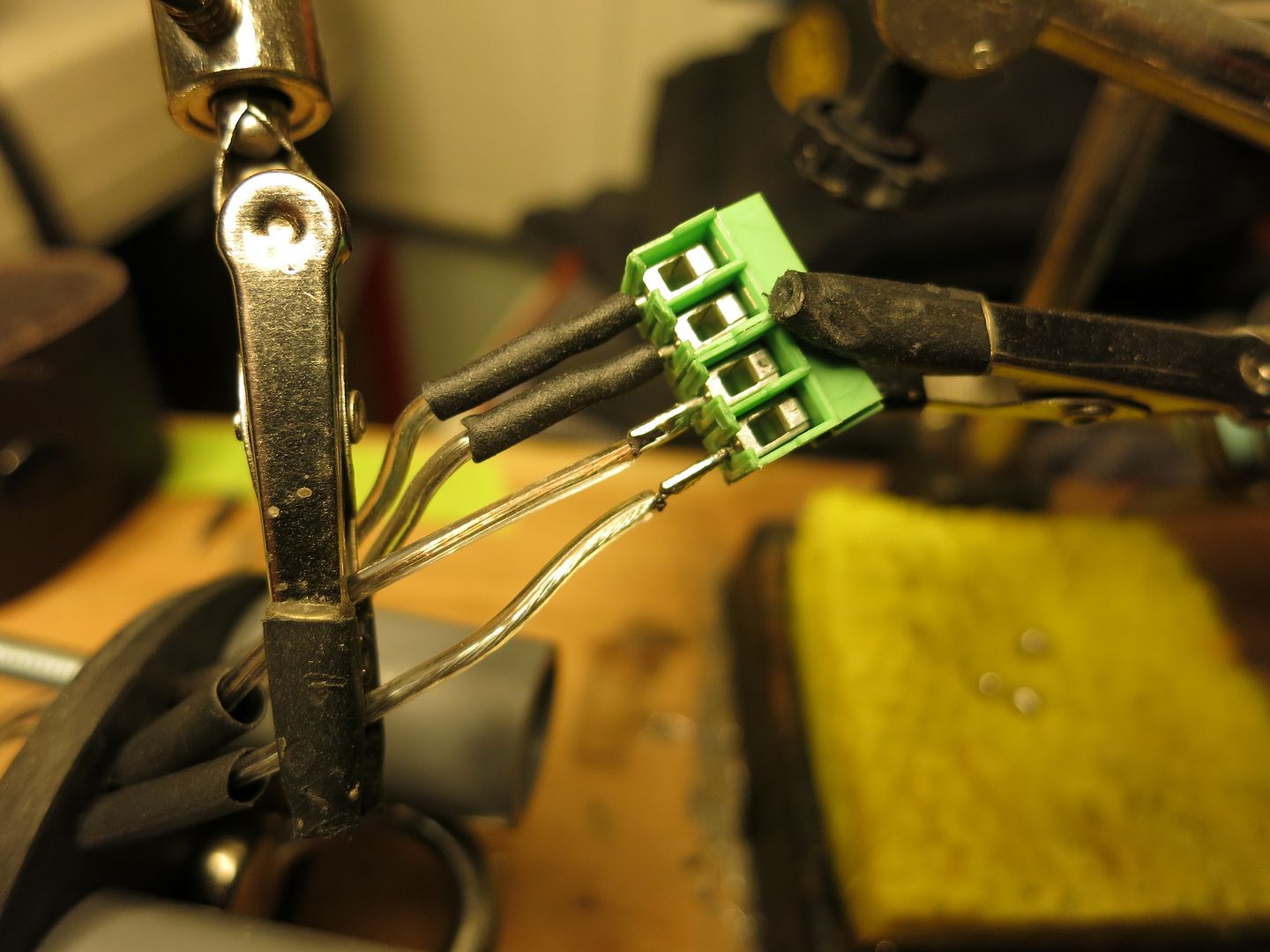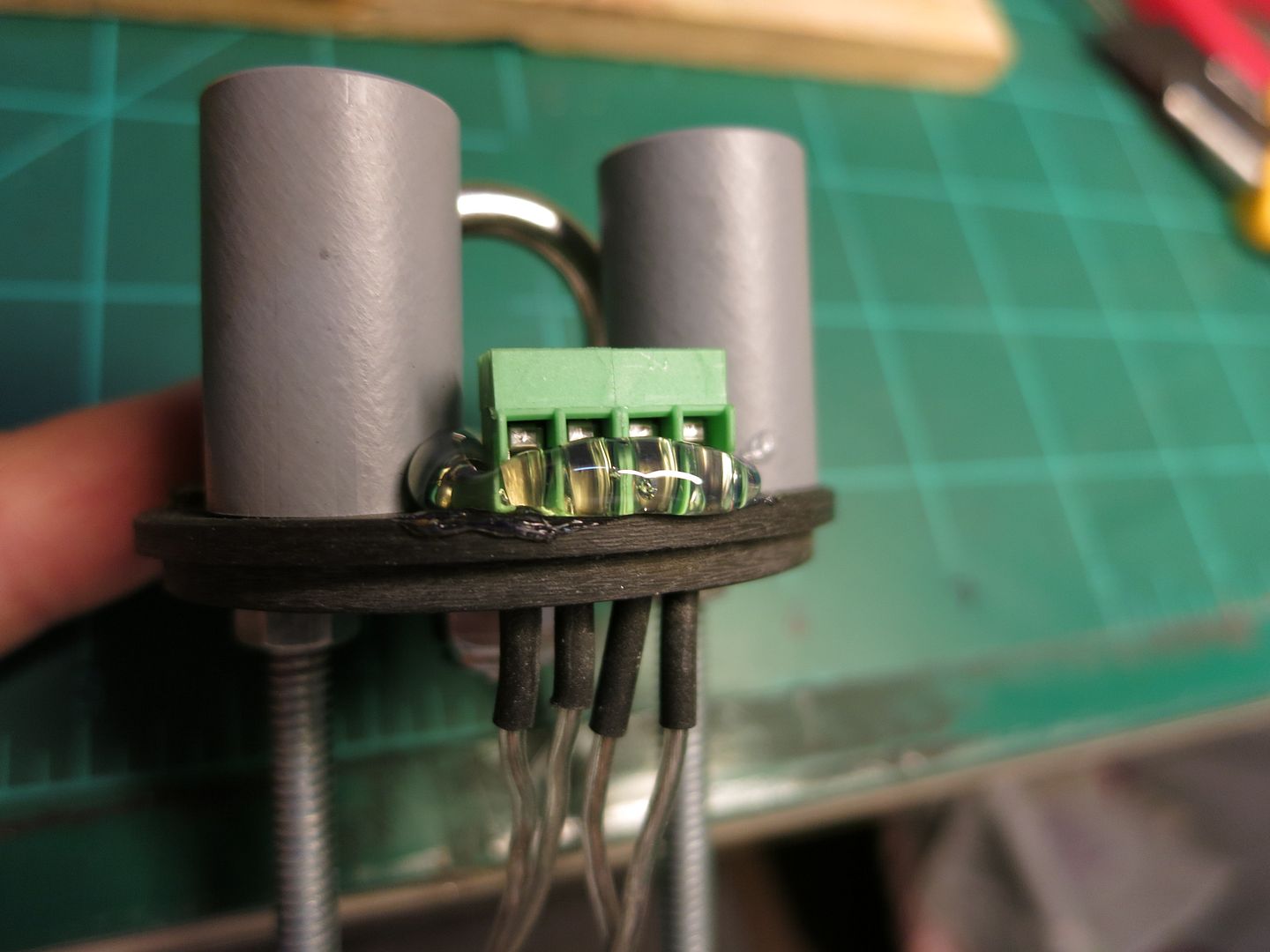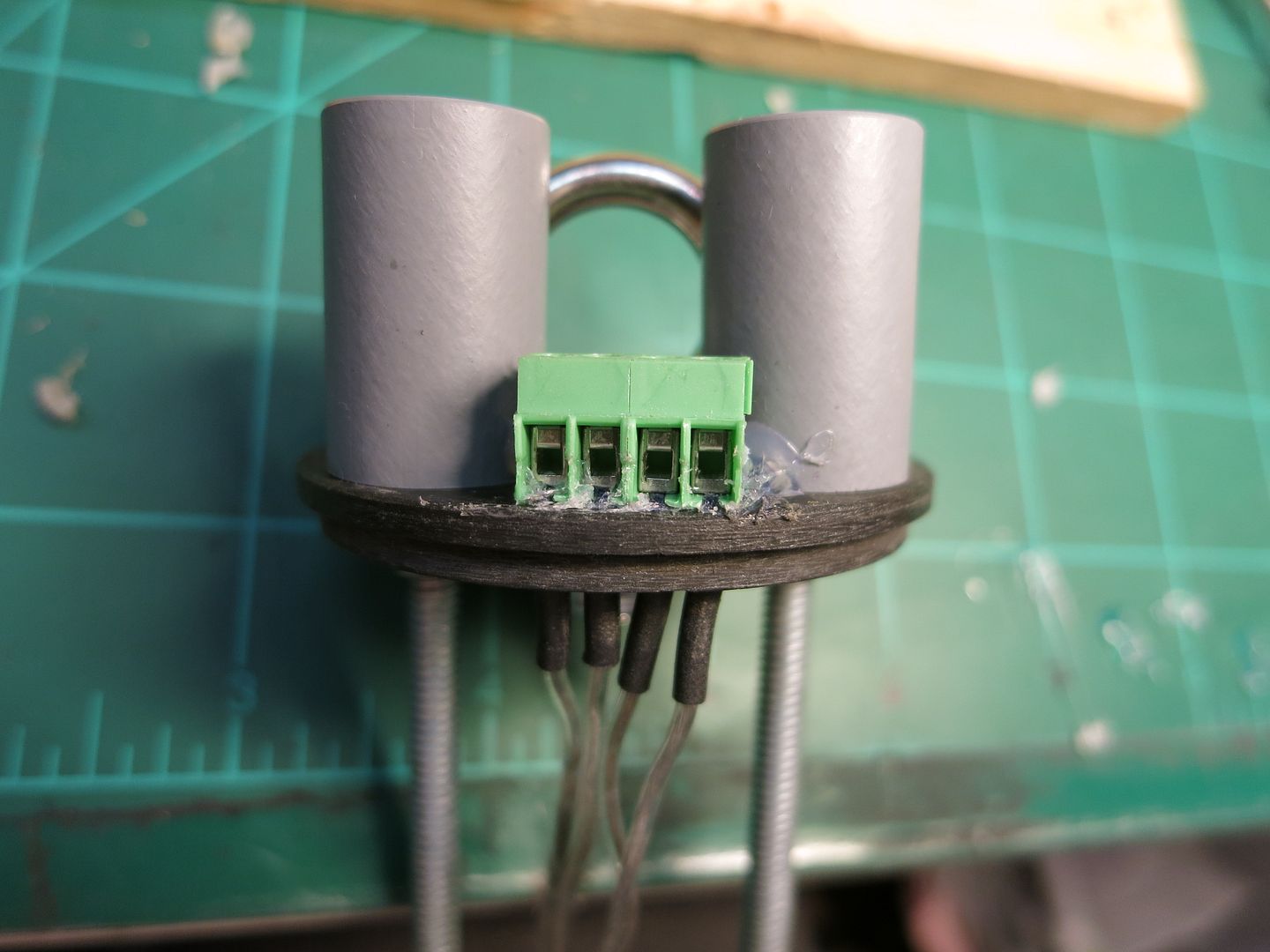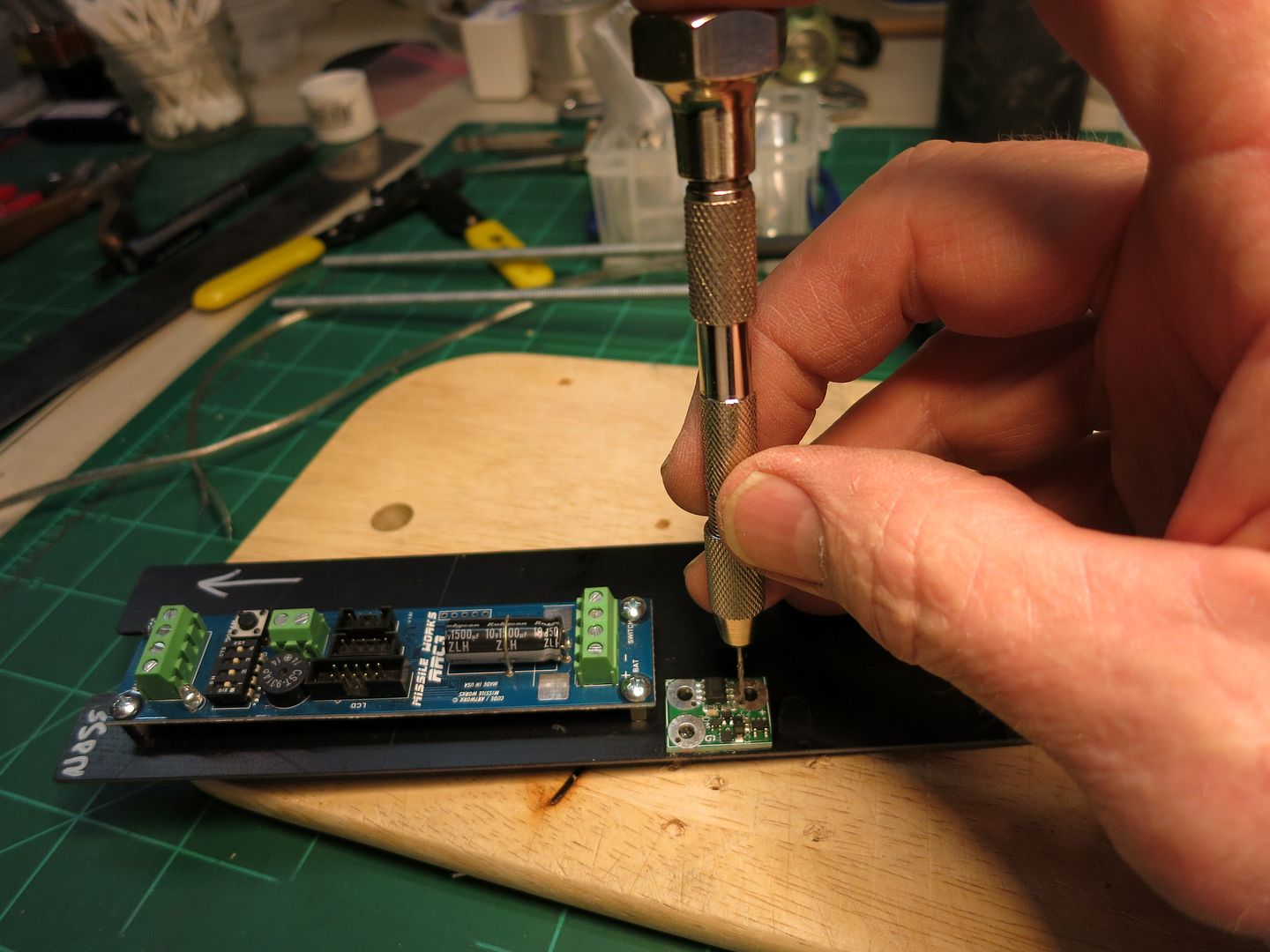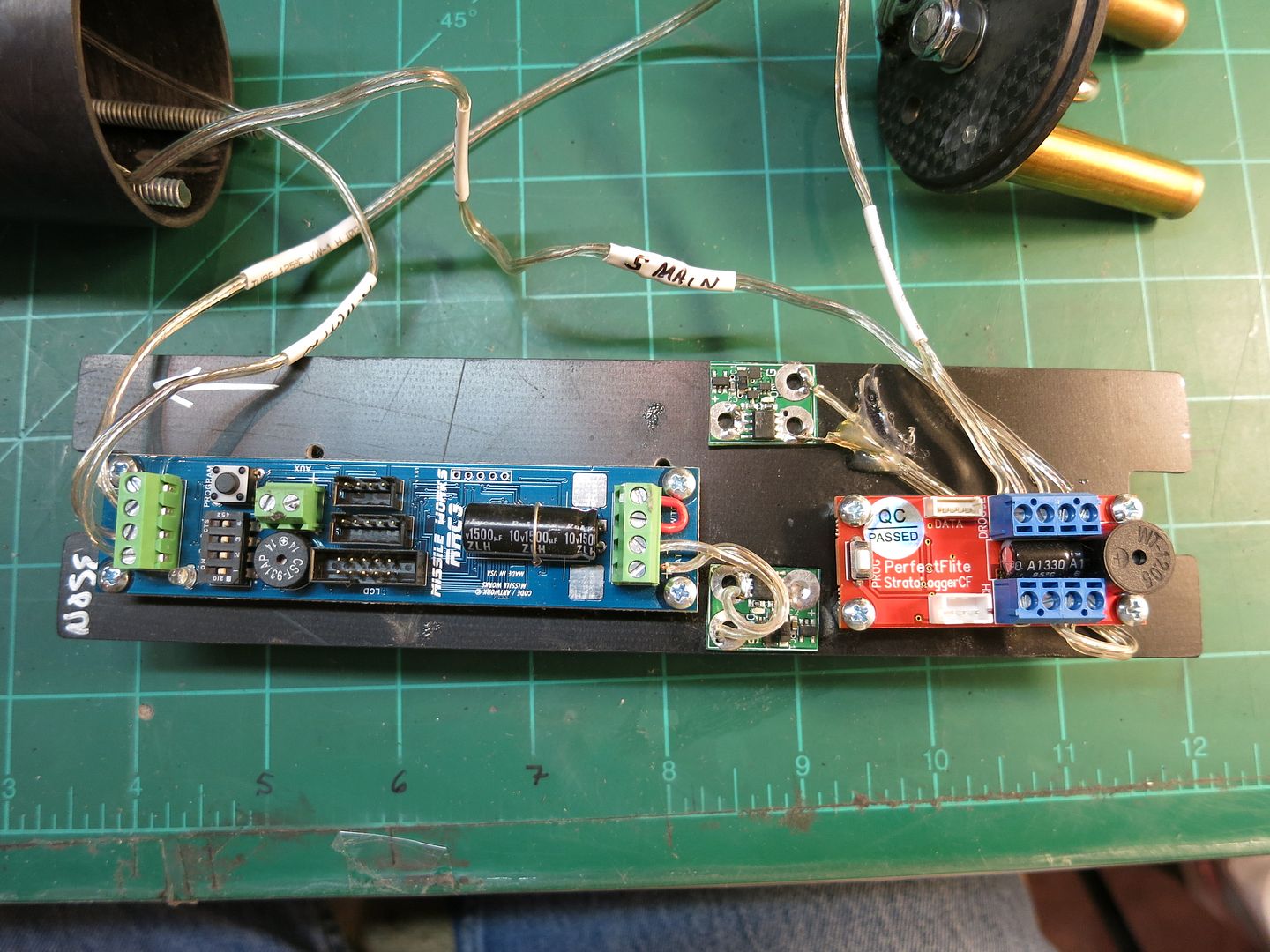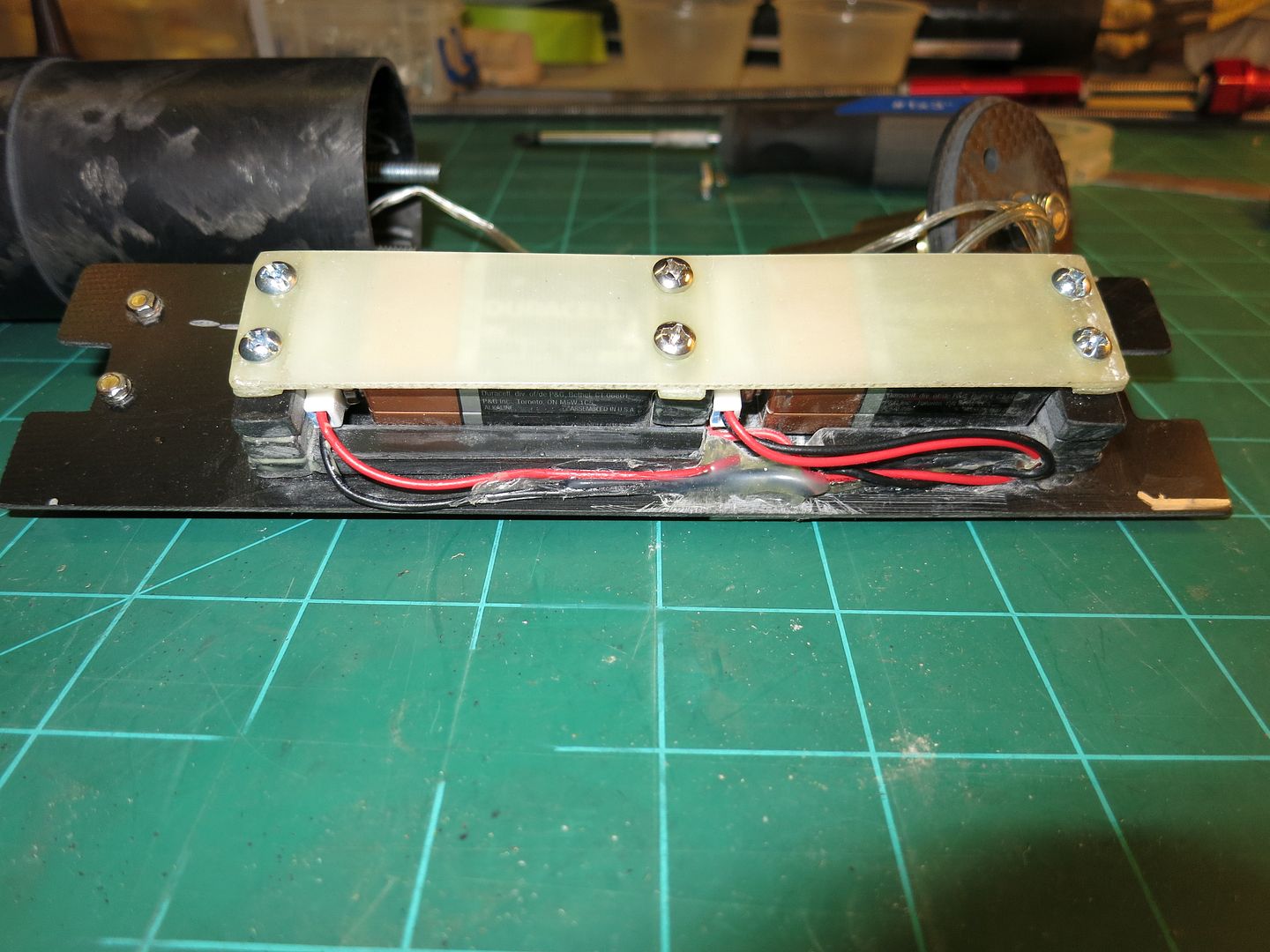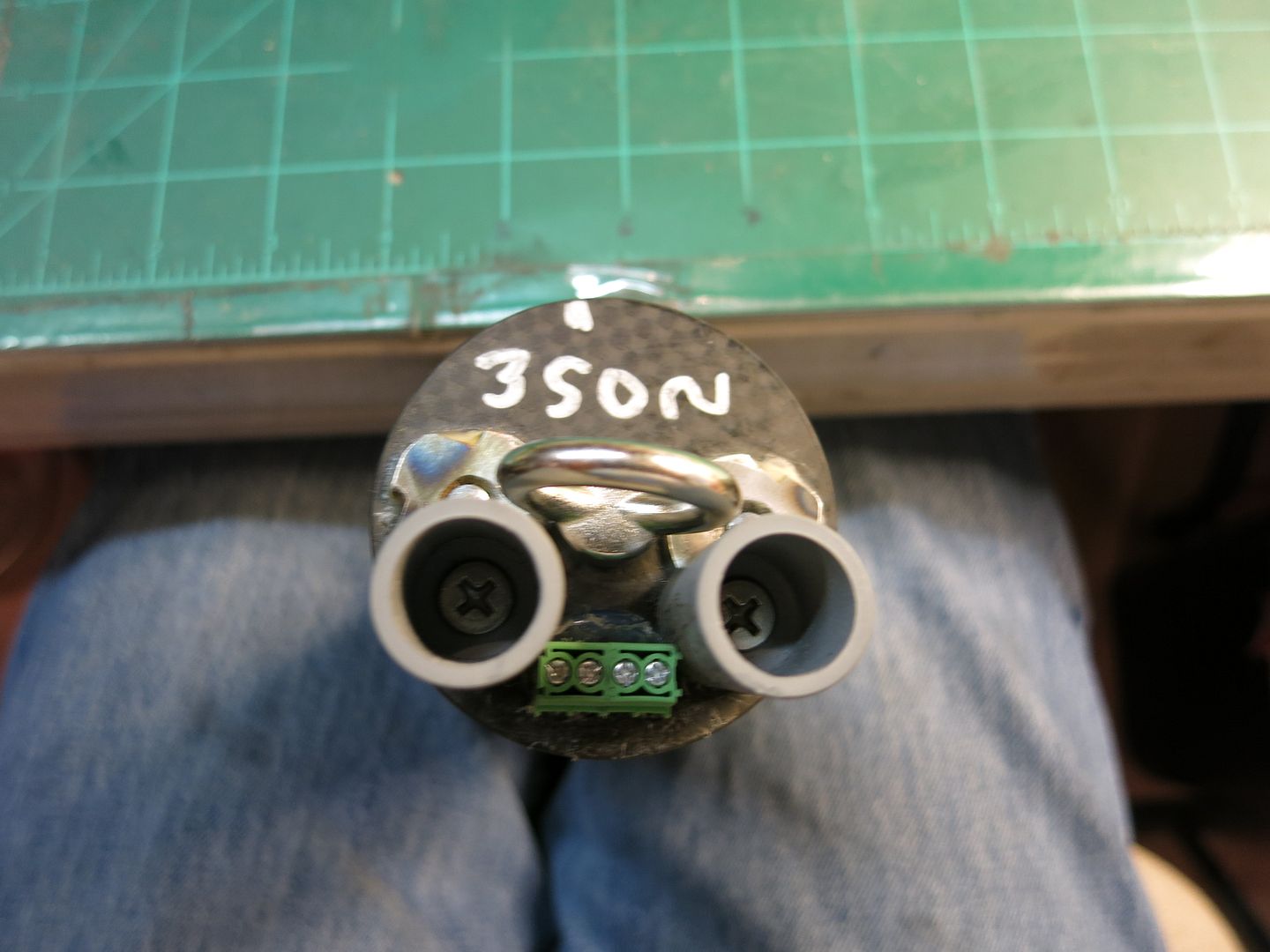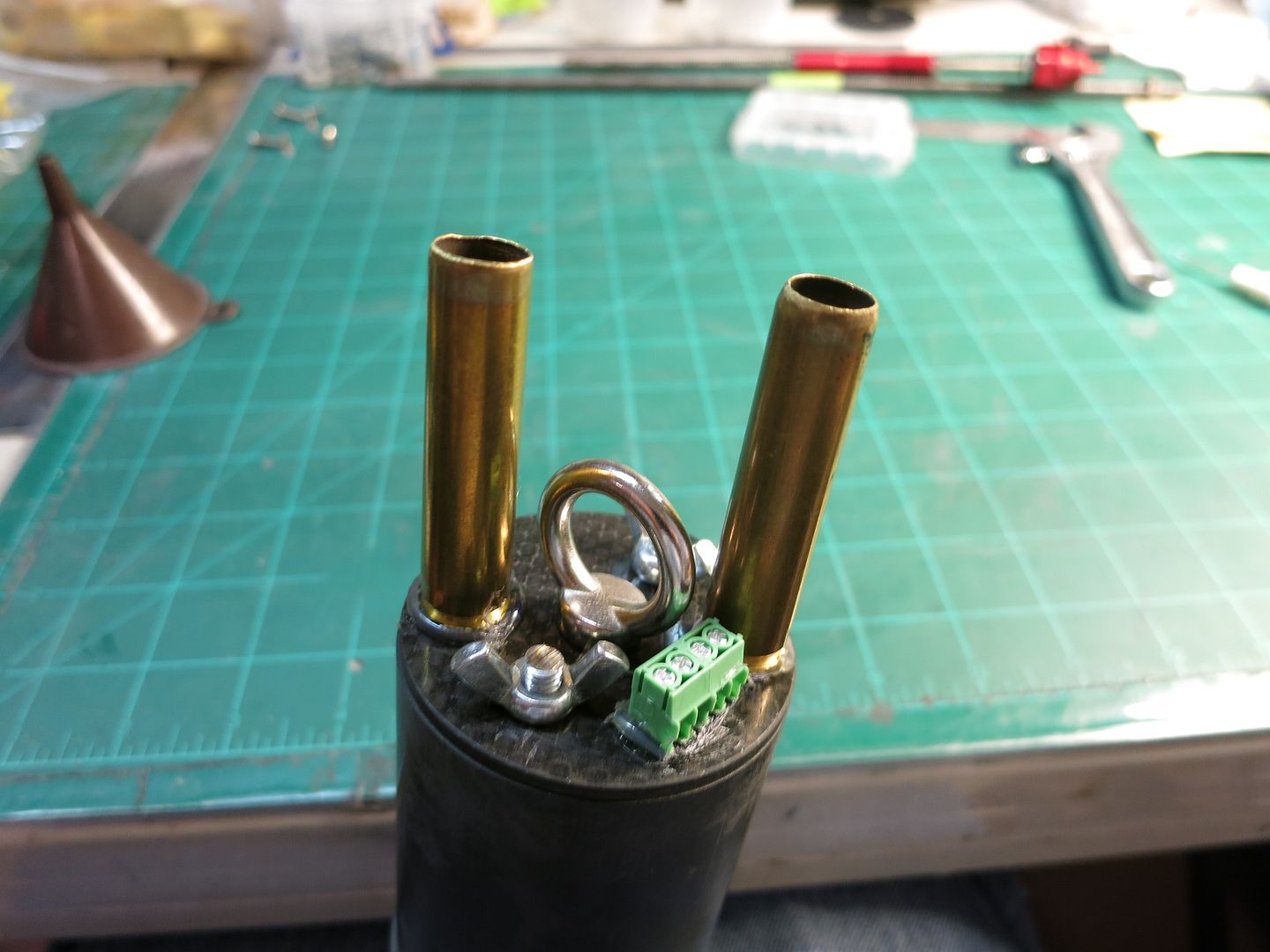Made a decision and installed the AeroPack MD54E retainer with plastic rivets (McMaster-Carr #
91020A198). These are not the size I first thought I would use. After measuring the combined wall thicknesses I found, the 0.203" dia. rivets were too long and were not available in shorter lengths. So I used 0.163" dia rivets, which needs a 4.2mm drill hole.
I already had the retainer's position marked out and the aft end of it has a 1" depth to the central support plate. So I marked a spot at 1/2", drilled a pilot hole, and then the 4.2mm hole. Did the same with the CF airframe, inserted the retainer, and locked it down with a rivet. Drilled-out the remaining two holes and installed those rivets. The retainer is now solidly positioned, but removable. Took all of ~5 min.
I'm very glad I took the time to reconsider my initial plans. Thanks to Wayco's patience...:smile:




